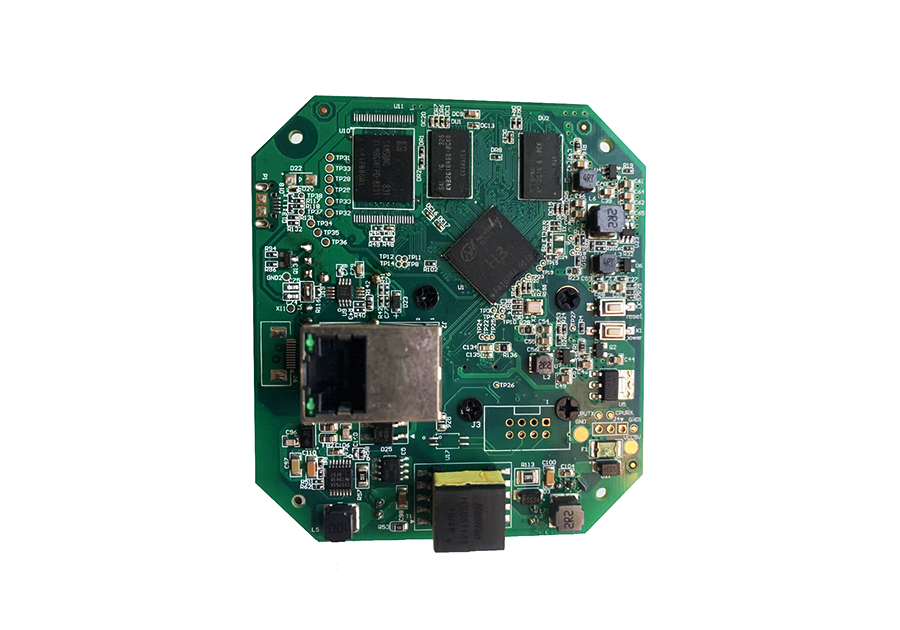-
CN
-
Service Hotline
+8618129931046 Mr. Liao


Time:2025-06-07 Views:1

Selecting the appropriate high - frequency materials for double - sided PCBs is a critical decision that directly impacts the performance of electronic devices operating at high frequencies, such as wireless communication devices, radar systems, and high - speed data transmission equipment. High - frequency applications demand materials with specific electrical and physical properties to minimize signal loss, distortion, and interference.
One of the key considerations is the dielectric constant (Dk) of the material. The Dk value determines how quickly an electromagnetic wave propagates through the material. For high - frequency applications, materials with a low and stable Dk are preferred. A low Dk reduces the signal delay and enables faster data transfer rates. Additionally, the Dk value should remain stable over a wide range of frequencies, temperatures, and humidity levels to ensure consistent performance. Materials like polytetrafluoroethylene (PTFE) - based laminates, which have a relatively low Dk, are commonly used in high - frequency PCBs due to their excellent electrical properties.
Another important property is the dissipation factor (Df), also known as the loss tangent. Df represents the amount of energy dissipated as heat within the material when an electromagnetic wave passes through it. In high - frequency applications, minimizing energy loss is crucial to maintain signal integrity. Materials with a low Df, such as PTFE composites or liquid crystal polymers (LCP), are ideal as they reduce signal attenuation and improve the overall efficiency of the PCB.
Thermal properties also play a significant role in high - frequency material selection. High - frequency PCBs often generate heat during operation, and materials with good thermal conductivity are needed to dissipate this heat effectively. This helps prevent thermal stress, warping, and degradation of the PCB and its components. Moreover, materials with a low coefficient of thermal expansion (CTE) are preferred to ensure dimensional stability when exposed to temperature changes, as a large CTE mismatch between different layers of the PCB can lead to delamination and electrical failures.
Mechanical properties, such as flexural strength and impact resistance, are also considered to ensure the durability and reliability of the PCB during manufacturing, assembly, and operation. By carefully evaluating these factors and selecting the right high - frequency materials, designers can create double - sided PCBs that meet the stringent performance requirements of modern high - frequency electronic applications.